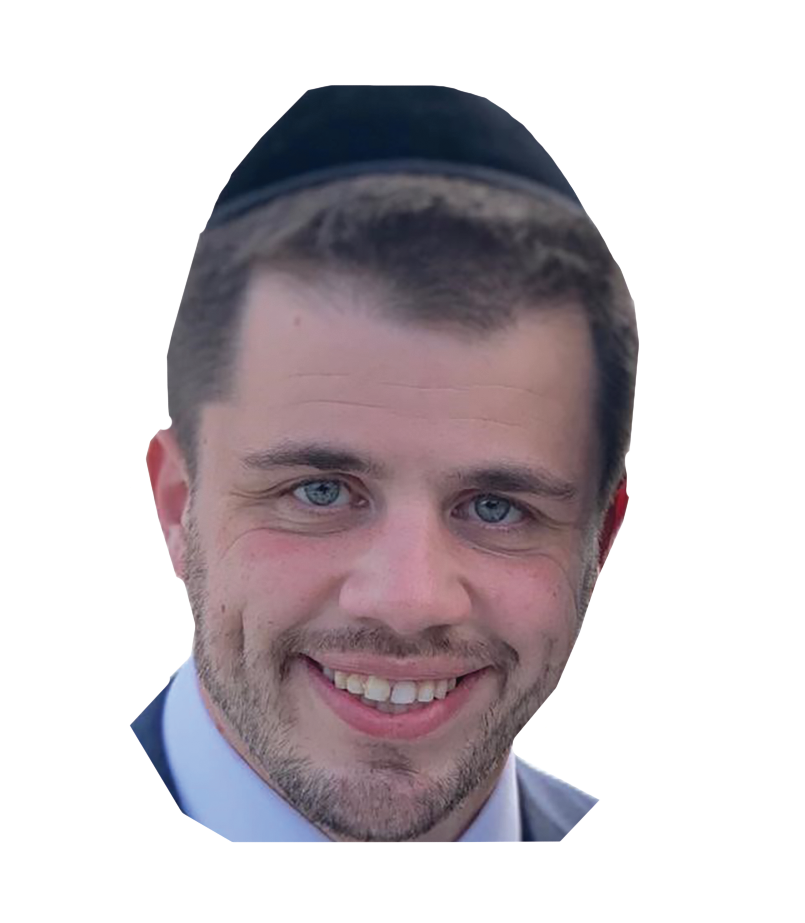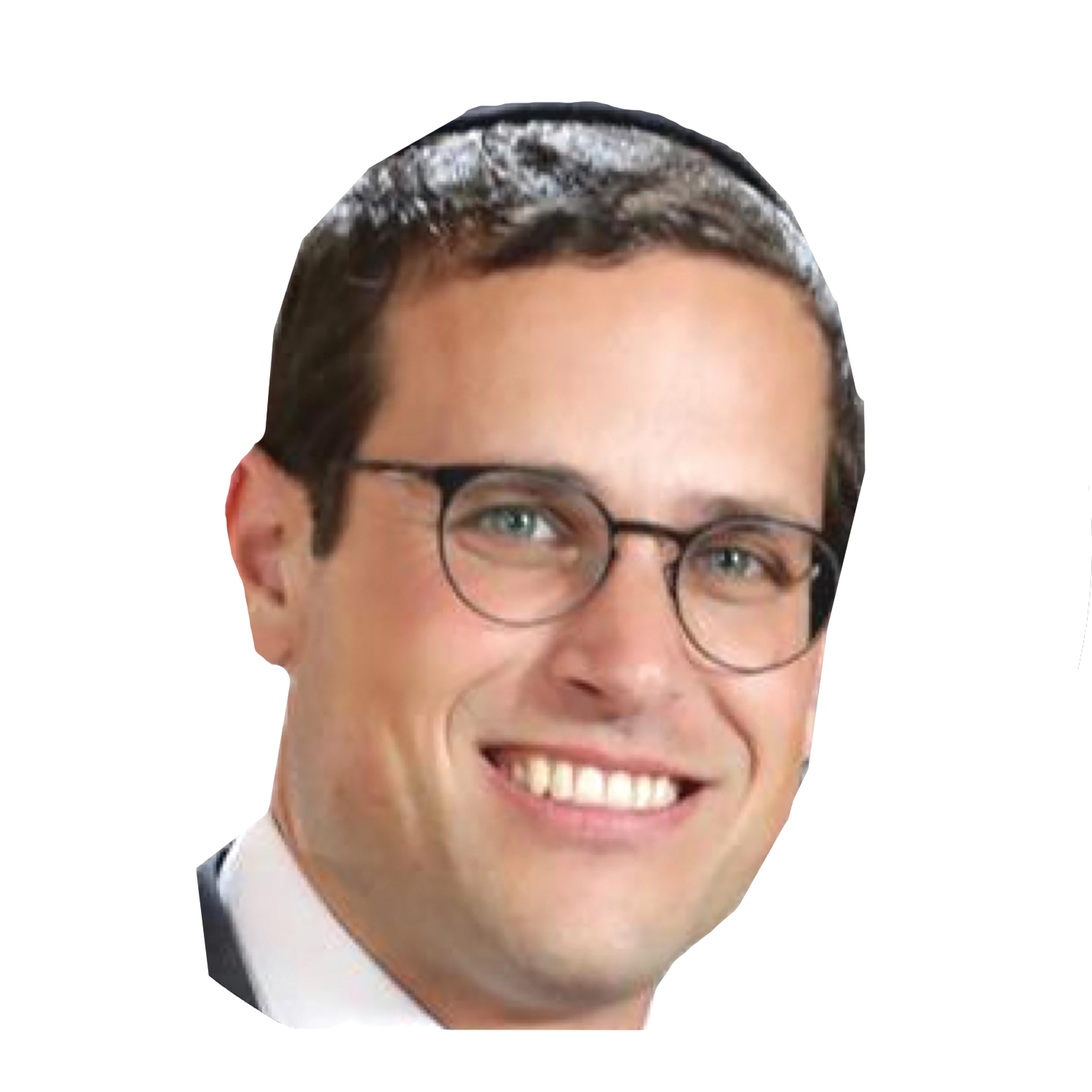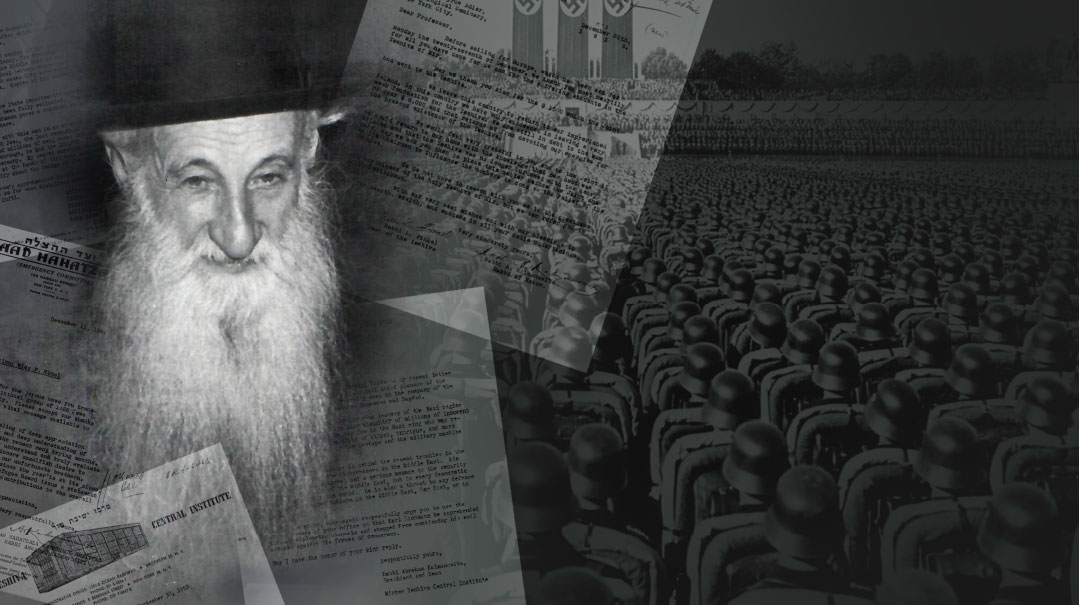The Rabbi, the Nazi, and the CIA


Sixty years after the capture and trial of Nazi henchman Adolf Eichmann, a hidden story comes to light

Photos: Archives of the Mirrer Yeshiva
The records of the Central Intelligence Agency are a powerful resource for any historian, and over time, the CIA’s declassified documents have helped resolve some of the great mysteries that have plagued this country as well as debunk some of its far-out conspiracies. While perusing the archive on a completely unrelated search, I stumbled upon something that stunned me. Among pages and pages of freshly declassified letters and records that had been released under the Nazi War Crimes Disclosure Act, were documents from the early 1950s of correspondence between Washington and the Mirrer Yeshivah on Ocean Parkway in Brooklyn. What business did a rosh yeshivah have with the US president?
On May 11, 1960, in a daring mission in Buenos Aires, Argentina, agents of the Israeli Mossad captured former SS officer Adolf Eichmann, one of the world’s most wanted Nazi criminals. Eichmann was one of the architects of the Final Solution, responsible for the mass murder of millions of Jews.
Among those who generally receive credit for bringing Eichmann to justice are Mossad Chief Isser Harel and his operatives, the (Jewish) West-German Prosecutor Fritz Bauer, Eichmann’s neighbor Lothar Hermann and his daughter Sylvia (for exposing Eichmann’s identity), and acclaimed Nazi hunter Simon Wiesenthal (whose role has been questioned by some). Was it possible that there was a mystery rabbinic figure who played a role in the story as well?
The first startling letter I uncovered was written in July 1953 by Rav Avraham Kalmanowitz to President Dwight D. Eisenhower. It marked the first time the US government had received a public request for information about a Nazi war criminal:
Dear Mr. President,
May I respectfully bring to your attention the following important request and I cordially urge your kind consideration of this vital matter.
An item appeared in the newspapers of July 5th that the infamous Nazi mass murderer, Karl (Adolf) Eichmann, was seen travelling on the Damascus train in the company of the notorious Mufti and the Nazi General Katzmann. Eichmann was sought far and wide after the last war by military and diplomatic agents who desired to bring him to trail for his vast crimes…
I, personally, being connected with many rescue endeavors during the war and coming in contact with living witnesses, have substantial proof about this man’s heinous acts of willful murder against untold thousands.
May I therefore appeal to you, Mr. President, in the name of democracy and human decency, to use your power of office to apprehend this mass murderer so that he may be stopped from further acts of tyranny and slaughter and cease to be a menace to freedom loving peoples everywhere….
You, who have fought the cause of freedom so valiantly, should use every effort to stop this man….
Respectfully Yours,
Rabbi Abraham Kalmanowitz,
President and Dean
Mirrer Yeshiva Central Institute
What was this? Was the great Rav Avraham Kalmanowitz ztz”l a Nazi hunter? Did the American government take his request seriously? Did he have some special in with the president? As I read through more of the file and did some additional research, a clearer story began to emerge.
Oops! We could not locate your form.






